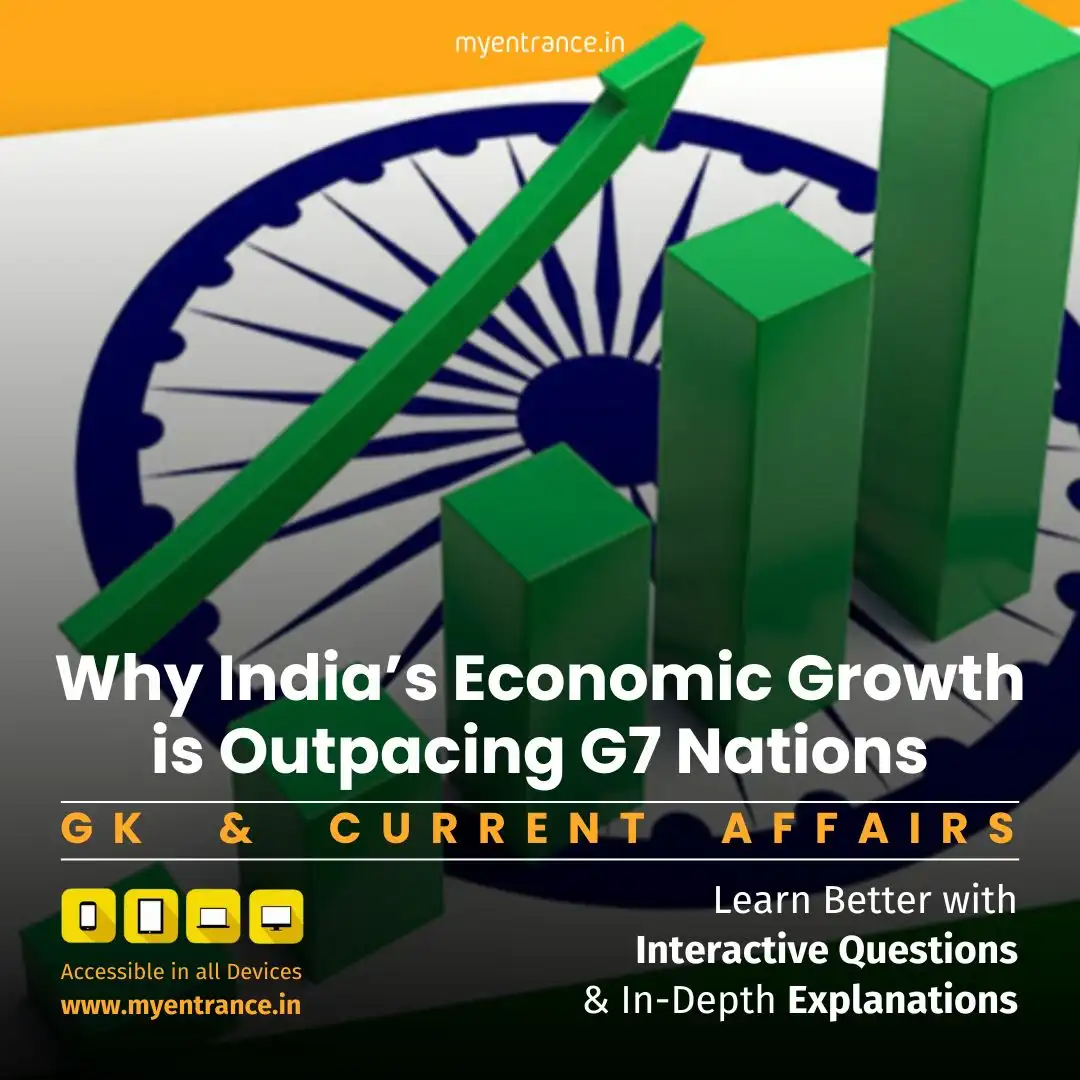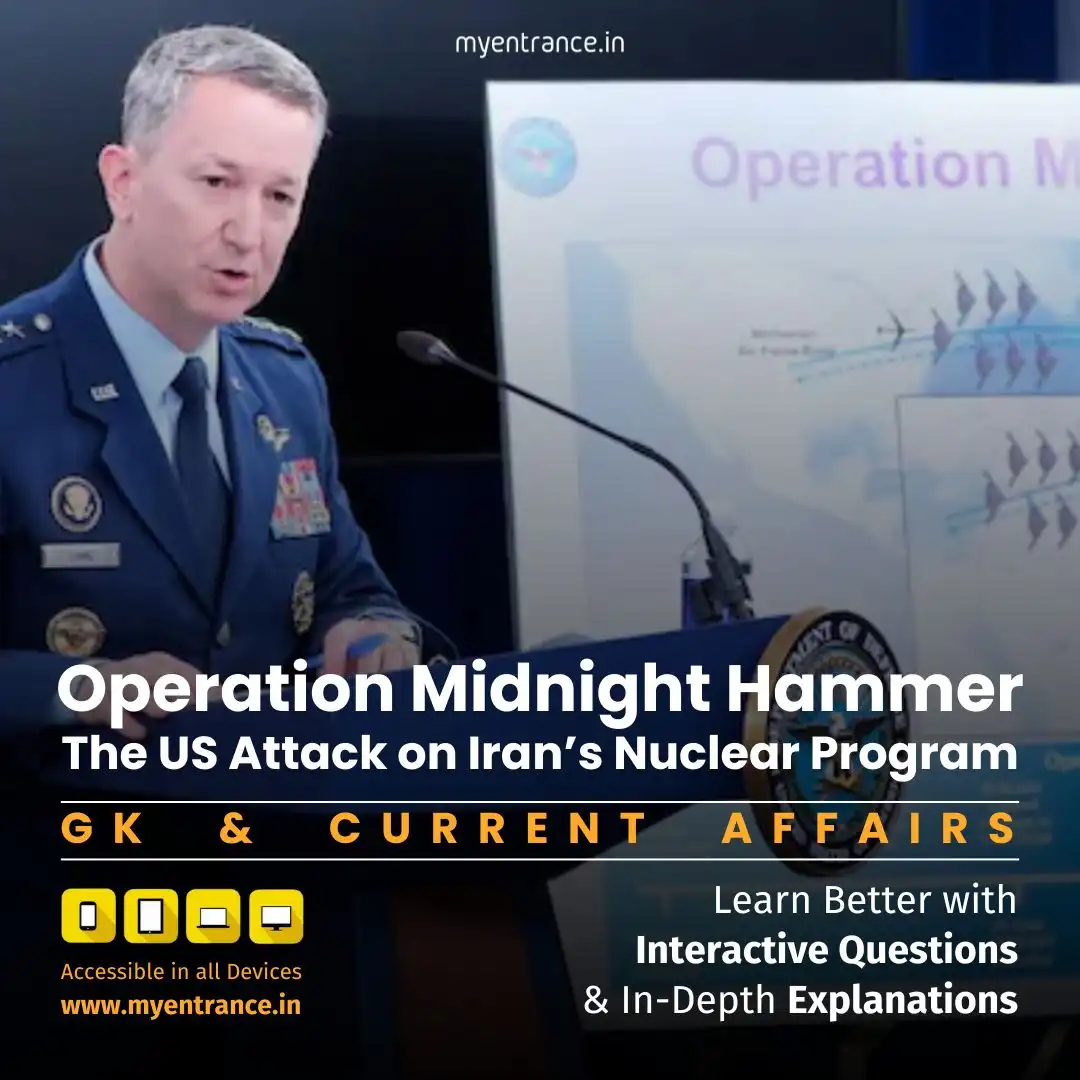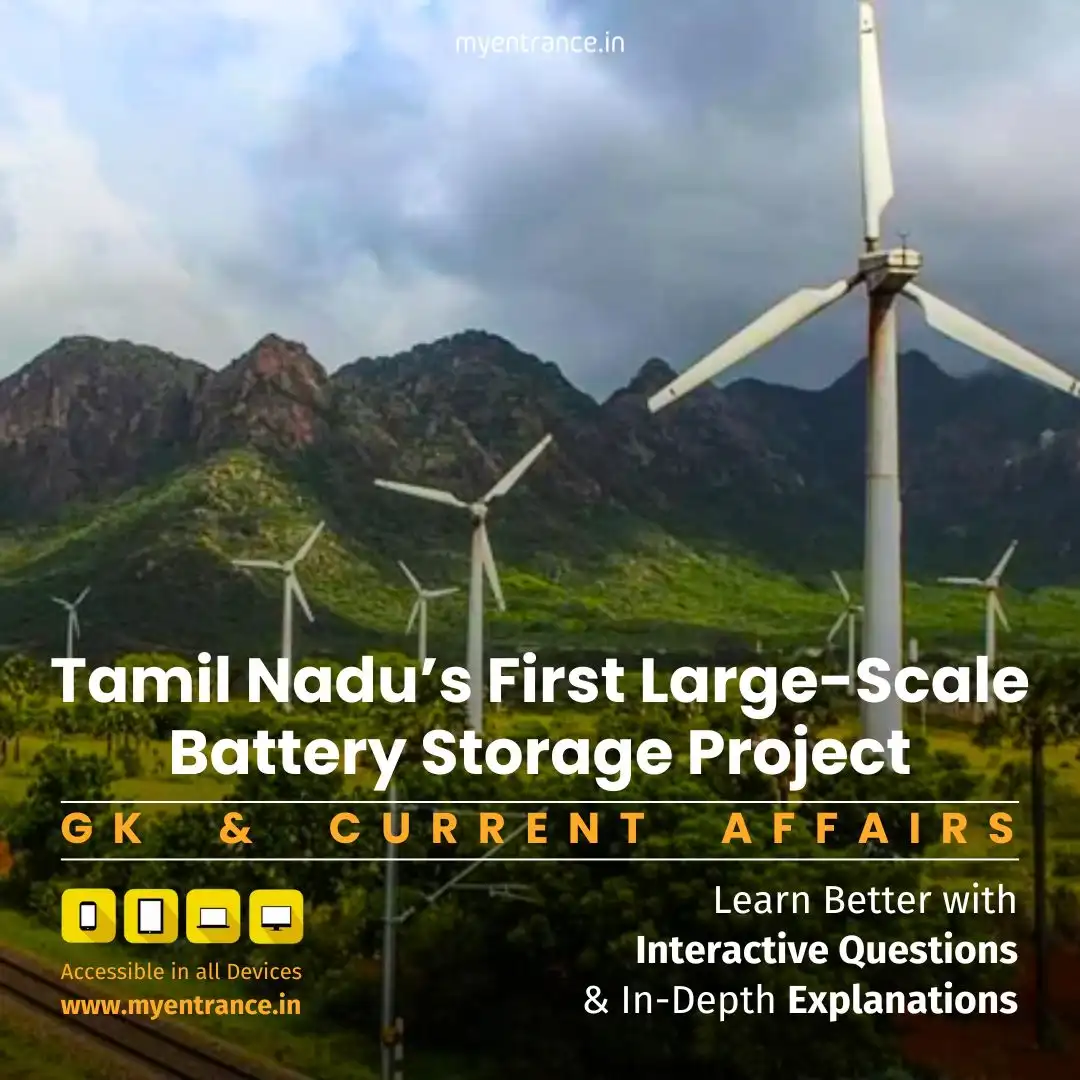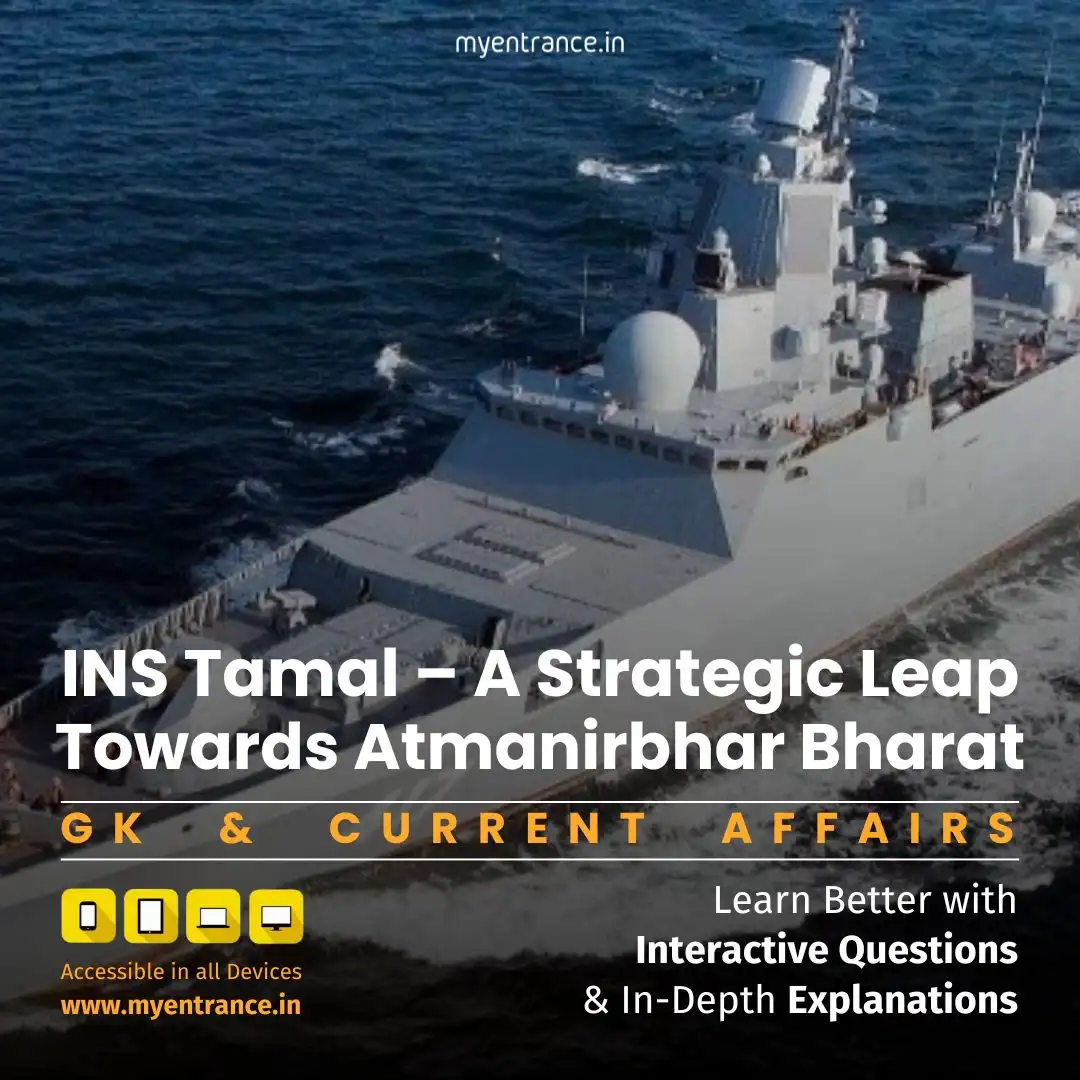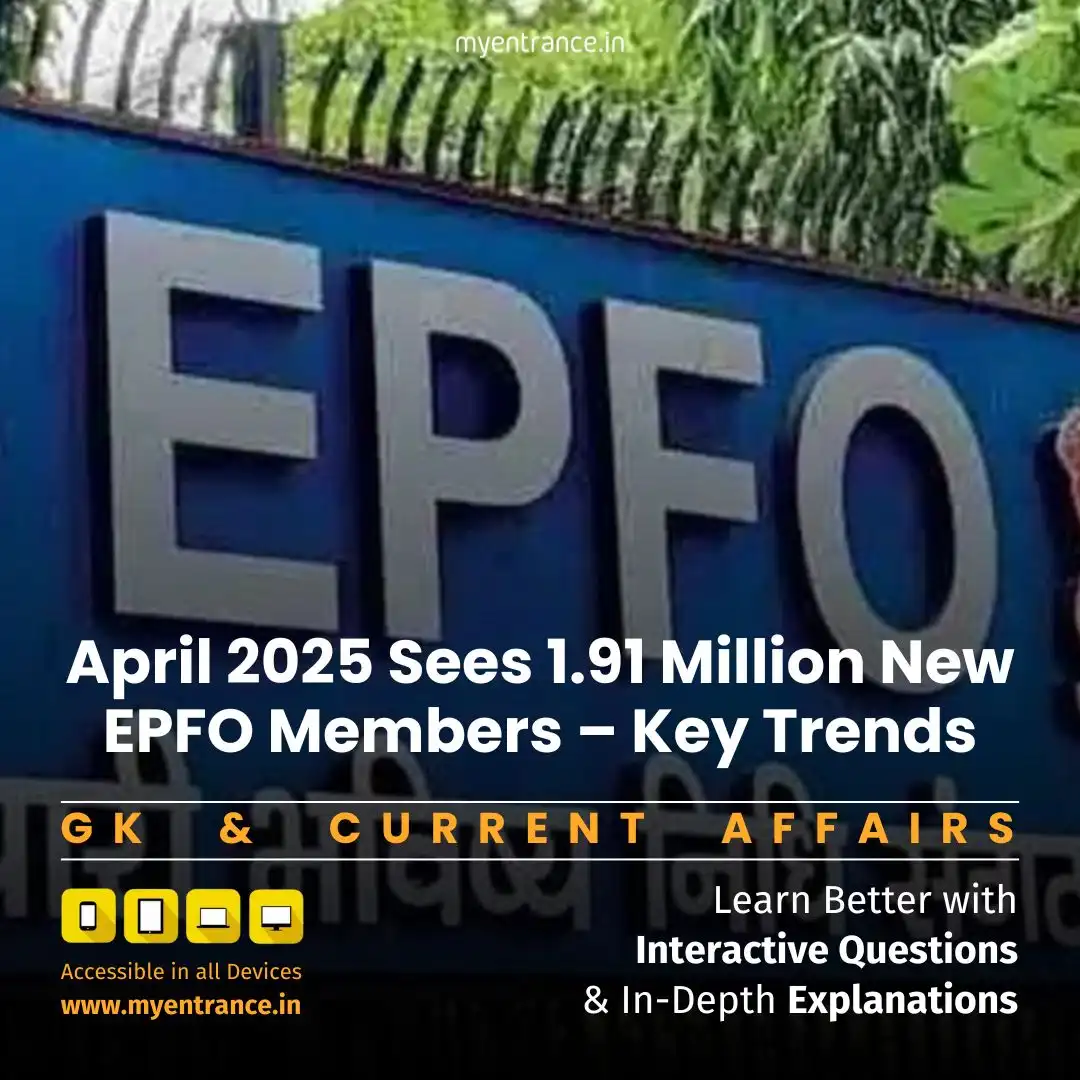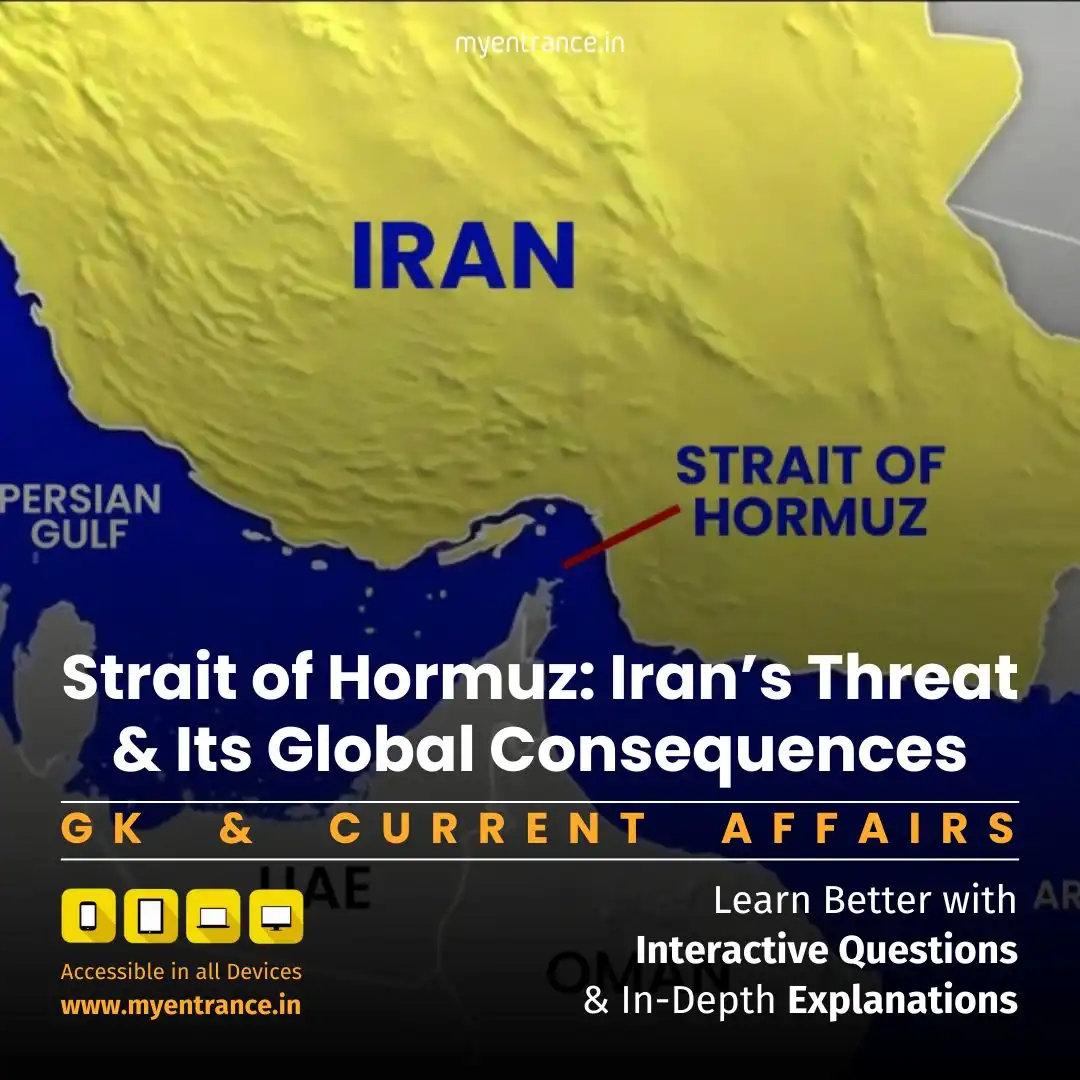Select Language
Election Commission of India: Structure, Functions, and Role in Democracy: Current Affairs & GK
The Election Commission of India (ECI) is the cornerstone of India’s democratic system, ensuring transparent and impartial elections since its inception in 1950. As an autonomous constitutional authority, it supervises elections to Parliament, State Legislatures, and the offices of the President and Vice-President.
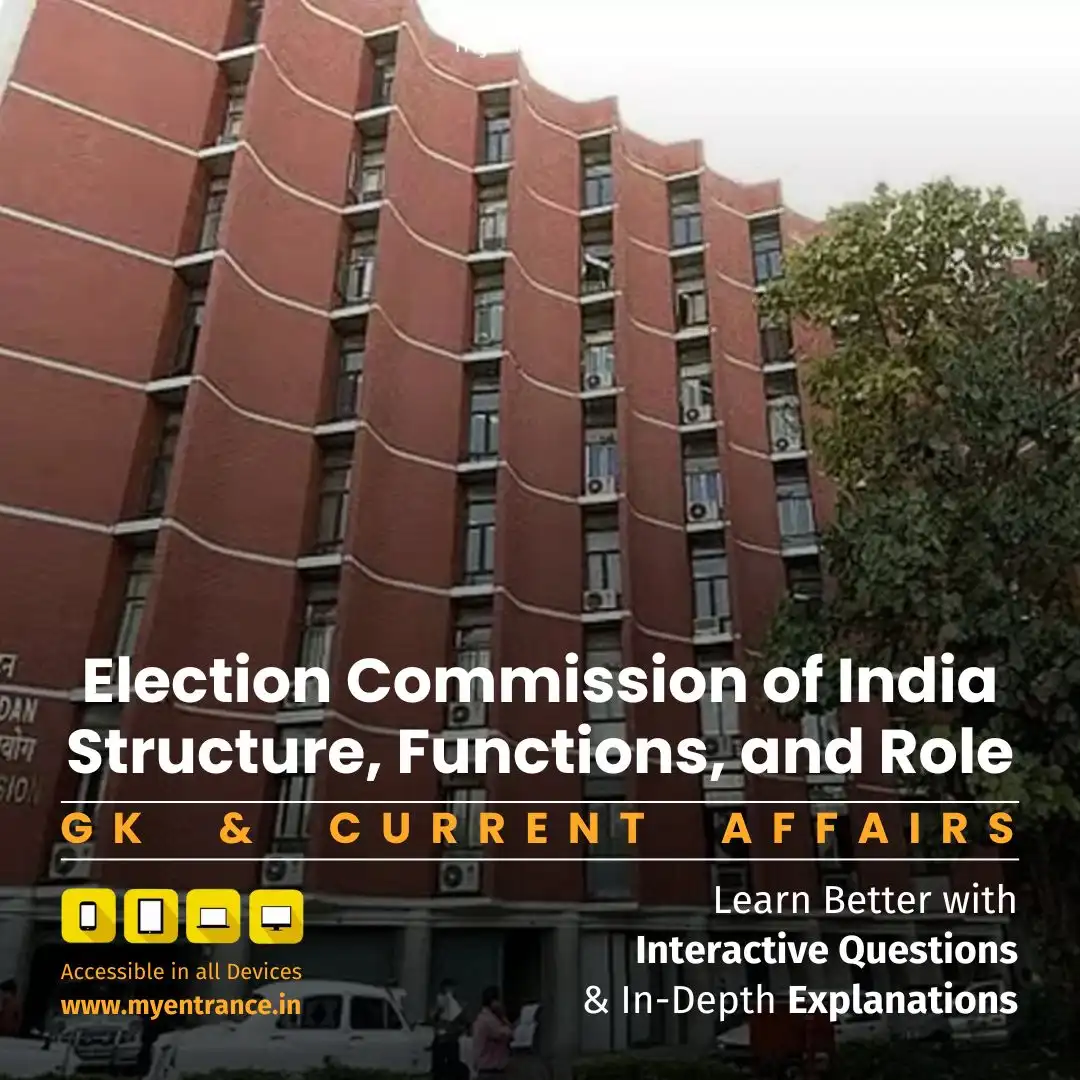
The Election Commission of India: An Overview
India, as the world’s largest democracy, operates on the principles of socialism, secularism, and democratic republicanism. Since gaining independence on 15th August 1947, the country has upheld free and fair elections at regular intervals, governed by the Constitution of India and electoral laws.
Constitutional Status and Establishment
The Election Commission of India (ECI) was established on 25th January 1950, in accordance with the Constitution.
It is a permanent constitutional body with the authority to supervise, direct, and control elections.
The ECI celebrated its Golden Jubilee in 2001, marking 50 years of electoral governance.
Composition of the Election Commission
Originally, the ECI had only a Chief Election Commissioner (CEC). However, its structure evolved to include:
Chief Election Commissioner (CEC)
Two Election Commissioners (appointed later for balanced decision-making)
The multi-member system was introduced in 1989, briefly discontinued, and then reinstated in 1993. Decisions are made by majority vote.
Appointment and Tenure
The President of India appoints the CEC and Election Commissioners.
Their tenure lasts six years or until age 65, whichever comes first.
They hold a status equivalent to Supreme Court judges and enjoy similar salaries and benefits.
The CEC can only be removed through the same rigorous process as a Supreme Court judge, ensuring independence.
Functions and Responsibilities
The ECI performs several critical functions:
✔ Conducting Elections – Manages elections for Lok Sabha, Rajya Sabha, State Legislatures, President, and Vice-President.
✔ Electoral Roll Maintenance – Ensures accurate voter registration and updates.
✔ Enforcing the Model Code of Conduct – Regulates political parties to prevent unfair practices.
✔ Recognizing Political Parties – Grants national and state-level recognition based on electoral performance.
✔ Dispute Resolution – Settles conflicts within political parties regarding leadership or splits.
Organizational Structure
The ECI operates through a well-structured administrative framework:
Central Level
Headquarters in New Delhi with around 550 officials.
Senior officers include Deputy Election Commissioners and Director Generals, mostly drawn from civil services.
Key divisions:
Electoral Roll Management
Election Expenditure Monitoring
Systematic Voters’ Education and Electoral Participation (SVEEP)
Media and Public Relations
State and District Levels
Chief Electoral Officer (CEO) oversees state-level elections.
District Election Officers (DEOs) and Returning Officers (ROs) manage constituency-level operations.
During elections, nearly 12 million polling personnel and police are deployed under ECI’s authority.
Judicial Review and Election Disputes
Election results can be challenged via an election petition in the High Court (for Parliament and State Legislatures) or Supreme Court (for Presidential and Vice-Presidential elections).
Article 329 of the Constitution bars judiciary from interfering once elections are underway.
Ensuring Fair Play: Model Code of Conduct
The ECI enforces a Model Code of Conduct (MCC) to ensure:
✔ Impartiality – No misuse of government resources for campaigning.
✔ Transparency – Financial accountability in election spending.
✔ Ethical Campaigning – Preventing hate speech and misinformation.
Sample Questions & Answers (FAQs)
Q1: When was the Election Commission of India established?
A: The ECI was established on 25th January 1950, under the Constitution of India.
Q2: How many Election Commissioners are there in the ECI?
A: The ECI consists of a Chief Election Commissioner and two Election Commissioners.
Q3: Can the Election Commission review election results?
A: No, the ECI cannot review results on its own. Results can only be challenged via an election petition in the High Court or Supreme Court.
Q4: What is the Model Code of Conduct?
A: The MCC is a set of guidelines to ensure fair campaigning, preventing misuse of power and resources by political parties.
Q5: Who appoints the Chief Election Commissioner?
A: The President of India appoints the CEC and Election Commissioners.
Most Predicted Questions
Comprehensive study materials, Expert-guided tips & tricks, Mock tests and instant results.
Start your SSC, NIFT, NID, FDDI, PSC journey today with MyEntrance, your ultimate online coaching platform.


